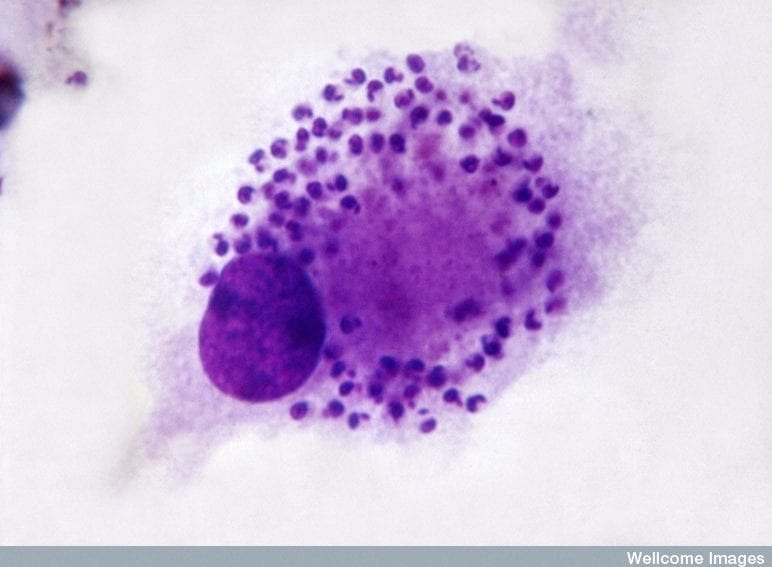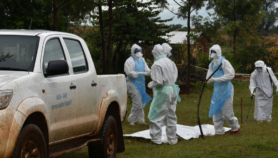By: Sarah Ooko
Send to a friend
The details you provide on this page will not be used to send unsolicited email, and will not be sold to a 3rd party. See privacy policy.
[NAIROBI] Rapid diagnostic tests (RDTs) could be used to detect visceral leishmaniasis or Kala-azar cases in rural East Africa, say researchers.
Kala-azar is a parasitic disease that affects mainly the poorest communities in East African countries such as Ethiopia, Kenya, Sudan and Uganda. Its symptoms include fever, anaemia, enlarged spleen and weight loss.
The World Health Organisation says 90 per cent of all cases of the disease occur in Sudan Bangladesh, Brazil, India and Nepal.
"The disease is spread by the bite of an infected female sand fly and can easily lead to death if untreated," says Monique Wasunna, coauthor of the study and head of Drugs for Neglected Diseases initiative (DNDi) Africa.
Robert Kimutai, clinical trials manager at the DNDi, which is headquartered in Switzerland, tells SciDev.Net that RDTs provide a safe and easy-to-use alternative for detecting the disease compared to an existing 'gold standard test' known as splenic aspiration.
He notes that splenic aspiration — which requires that a needle is inserted through the abdomen into the spleen to collect tissue samples — is the most effective, but it could lead to excessive bleeding. Thus the procedure is not feasible in rural settings that often lack proper health facilities, personnel and equipment.
But Kimutai says RDTs are non-invasive and thus safe. "Blood is drawn from a needle prick on the patient’s finger. The blood is then put on a testing kit where the appearance of two lines indicates a positive test for Kala-azar, as it confirms the presence of antibodies associated with the disease," he explains.
To determine whether RDTs could be effective in detecting Kala-azar cases, the researchers used splenic aspiration as a bench mark to first test 219 eligible patients in Kenya's Rift Valley province where the disease is endemic.
Among them, 131 were positive and 88 were negative. They then repeated the tests using two RDTs — DiaMed IT LEISH and Signal KA. DiaMed IT LEISH correctly identified 117 whereas Signal KA detected 79 cases, according to the study published in PLOS Neglected Tropical Diseases last month (26 September).
The researchers say the findings of their study, which was carried out from May 2010 to July 2011, has influenced Kenyan authorities to recommend DiaMed IT LEISH in rural settings.
"RDTs carry no risk of bleeding and can therefore be done in field settings with minimal requirements. They also yield results in about twenty minutes unlike splenic aspiration that takes many hours," states Jane Mbui, a coauthor of the study and senior research officer at the Kenya Medical Research Institute.
Mbui, however, says that RDTs cannot be used to confirm cure or relapse of Kala-azar cases.
Kimutai explains: "Antibodies of the disease usually remain in the body long after treatment is complete. RDTs will thus detect them and give a 'false' positive test for Kala-azar. Yet, the presence of antibodies associated with the disease doesn't necessarily mean that someone is sick".
Link to full paper in PLOS Neglected Tropical Diseases
This article has been produced by SciDev.Net's Sub-Saharan Africa desk.
References
PLOS Neglected Tropical Diseases doi 10.1371/journal.pntd.0002441(2013)














